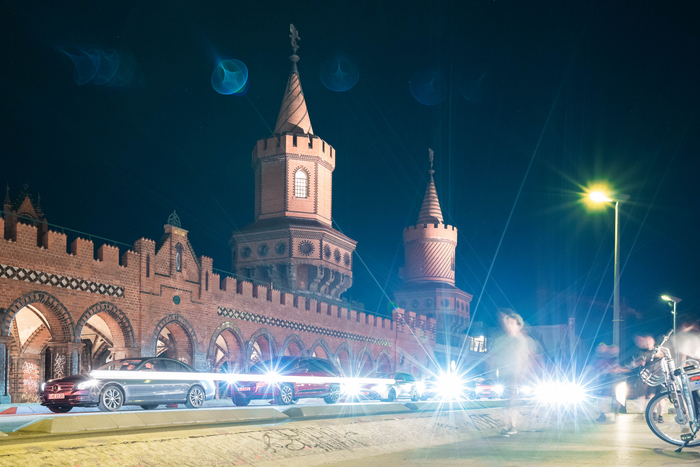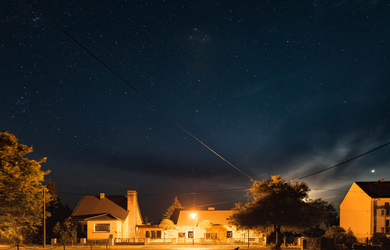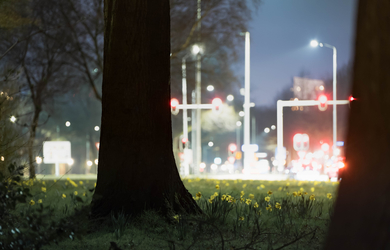The Dark Side of Bright Nights
A film by Tim Visser & Sander van Iersel
Documentary (50 Min.)
When light pollution causes the night to disappear, a fundamental clock for life on earth is thrown out of balance. Animals and plants are threatened by artificial light.
Many organisms have found their evolutionary niche in the dark of night and must now adapt to brighter nights. Some succeed, but for many the brightness becomes a death trap - and causes species to diminish. What solutions is science finding to this problem?
More than half of all animals are nocturnal. Their sensory organs, behavior, navigation and metabolism are adapted to darkness with only the moon- and starlight present. But the night is dotted with artificial light sources in cities, villages, industrial areas, on advertising spaces, roads and paths, and even in outer space. They create a light smog through reflection and scattering of light in the atmosphere. Artificial light disturbs the natural way of life of animals and plants, destroys biotopes and the diversity of species: light pollution has recently been considered by experts to be a major cause of global species extinction. Yet the urgency of the issue is still underestimated.
Worldwide, scientists and experts are researching the impact of light pollution and are working on solutions.




